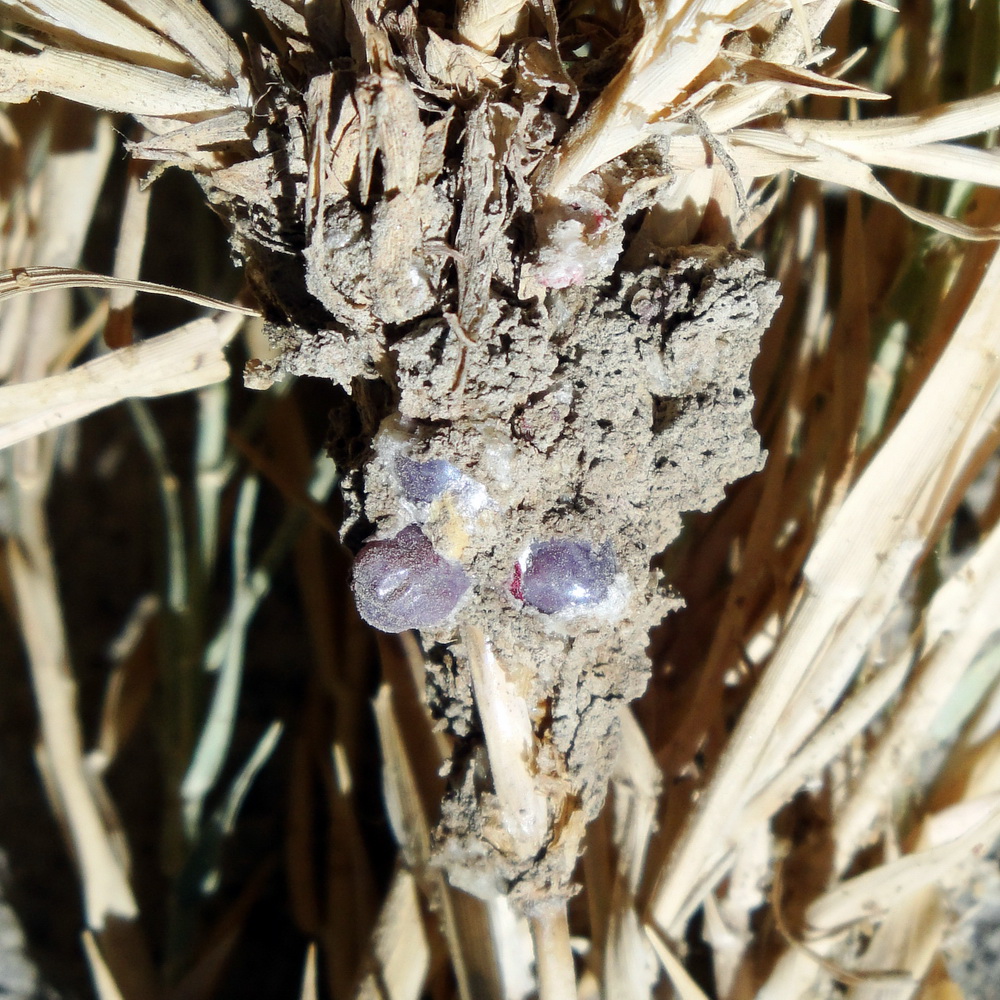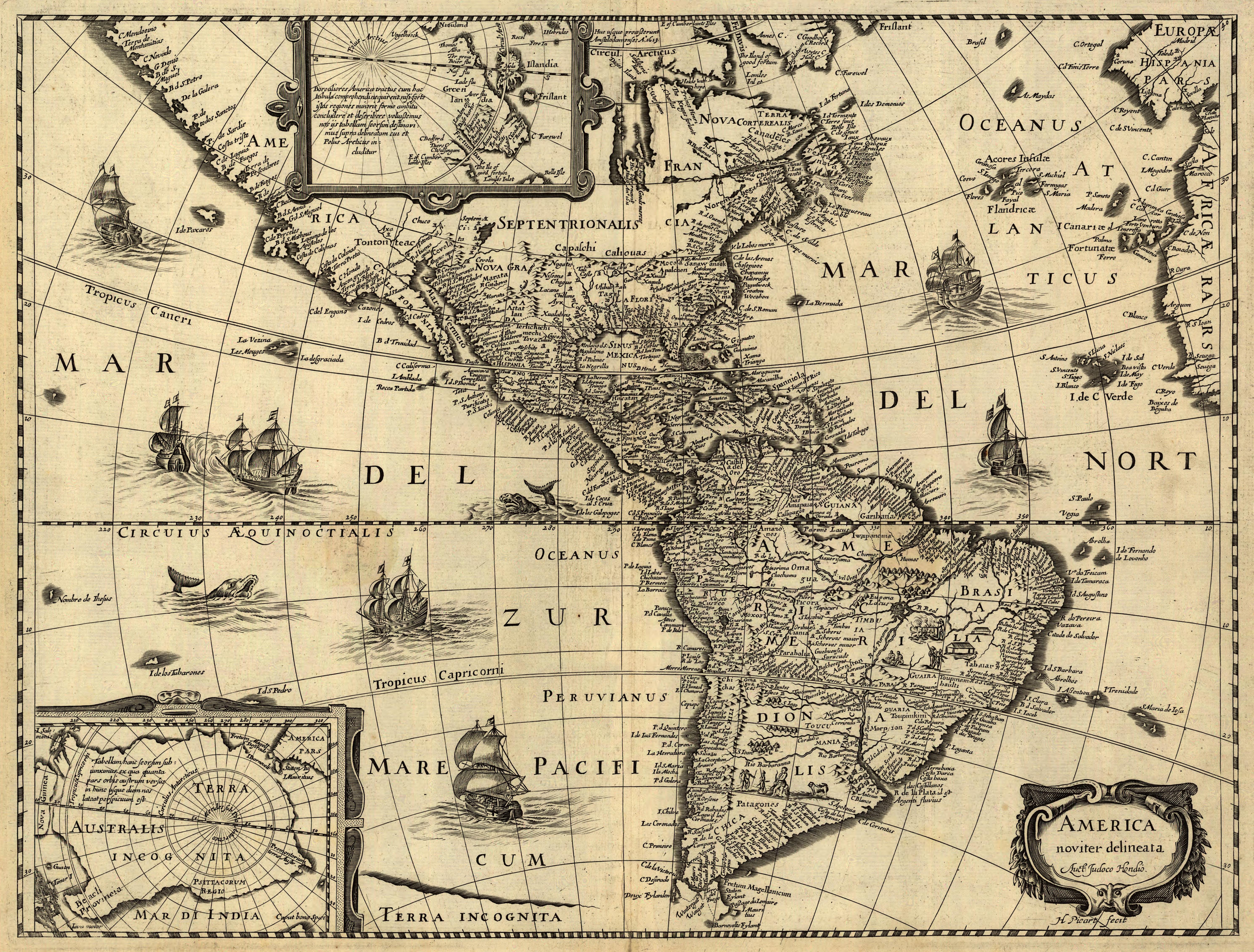|
Dactylopius Coccus
The cochineal ( , ; ''Dactylopius coccus'') is a scale insect in the suborder Sternorrhyncha, from which the natural dye carmine is derived. A primarily sessile parasite native to tropical and subtropical South America through North America (Mexico and the Southwest United States), this insect lives on cacti in the genus ''Opuntia'', feeding on plant moisture and nutrients. The insects are found on the pads of prickly pear cacti, collected by brushing them off the plants, and dried. The insect produces carminic acid that deters predation by other insects. Carminic acid, typically 17–24% of dried insects' weight, can be extracted from the body and eggs, then mixed with aluminium or calcium salts to make carmine dye, also known as cochineal. Today, carmine is primarily used as a colorant in food and in lipstick ( E120 or Natural Red 4). Carmine dye was used in the Americas for coloring fabrics and became an important export good in the 16th century during the colonial per ... [...More Info...] [...Related Items...] OR: [Wikipedia] [Google] [Baidu] |
Armenian Cochineal
The Armenian cochineal (''Porphyrophora hamelii''), also known as the Ararat cochineal or Ararat scale, is a scale insect indigenous to the Ararat plain and Aras (Araks) River valley in the Armenian Highlands and in Turkey. It was formerly used to produce an eponymous crimson carmine dyestuff known in Armenia as ''vordan karmir'' ( hy, որդան կարմիր, literally "worm's red") and historically in Persia as ''kirmiz''. Vedeler, citing Cardon (2007), notes that "the Persian name ''Kirmiz'' originally referred to the Armenian carmine, a parasitic insect living on Gramineae grass, but the same name was also used by Arab geographers for insects living on oak trees in Maghreb and Al-Andalus, probably referring to '' Kermes vermilio''", although " is ... not clear whether the 'Kirmiz' dyestuff mentioned in early Arab texts always refers to the use of the insect ''Kermes Vermilio''." English translation by Caroline Higgitt of Cardon's French-language book ''Le monde ... [...More Info...] [...Related Items...] OR: [Wikipedia] [Google] [Baidu] |
Mexico
Mexico (Spanish: México), officially the United Mexican States, is a country in the southern portion of North America. It is bordered to the north by the United States; to the south and west by the Pacific Ocean; to the southeast by Guatemala, Belize, and the Caribbean Sea; and to the east by the Gulf of Mexico. Mexico covers ,Mexico ''''. . making it the world's 13th-largest country by are ... [...More Info...] [...Related Items...] OR: [Wikipedia] [Google] [Baidu] |
Alizarin
Alizarin (also known as 1,2-dihydroxyanthraquinone, Mordant Red 11, C.I. 58000, and Turkey Red) is an organic compound with formula that has been used throughout history as a prominent red dye, principally for dyeing textile fabrics. Historically it was derived from the roots of plants of the madder genus.The primary madder species from which alizarin historically has been obtained is ''Rubia tinctorum''. See also In 1869, it became the first natural dye to be produced synthetically. Alizarin is the main ingredient for the manufacture of the madder lake pigments known to painters as rose madder and alizarin crimson. Alizarin in the most common usage of the term has a deep red color, but the term is also part of the name for several related non-red dyes, such as Alizarine Cyanine Green and Alizarine Brilliant Blue. A notable use of alizarin in modern times is as a staining agent in biological research because it stains free calcium and certain calcium compounds a red or ligh ... [...More Info...] [...Related Items...] OR: [Wikipedia] [Google] [Baidu] |
Codex Osuna
Codex Osuna is an Aztec codex on European paper, with indigenous pictorials and alphabetic Nahuatl text from 1565. It has seven parts, with most being economic in content, particularly tribute, with one part having historical content. It was named after the Spanish nobleman, Mariano Francisco de Borja José Justo Téllez-Girón y Beaufort-Spontin, twelfth Duke of Osuna, in whose library the codex was held until his death in 1882. It then became part of the collection of the Biblioteca Nacional in Madrid. It is part of a lawsuit by the indigenous of a Nahua community against Spaniards, and a fragment of a much larger Mexican text; the first numbered folio in the facsimile is 464. The seven separate documents were created in early 1565 to present evidence against the government of Viceroy Luís de Velasco during the 1563-66 inquiry by Jerónimo de Valderrama. In this codex, indigenous leaders claim non-payment for various goods and for various services performed by their people, ... [...More Info...] [...Related Items...] OR: [Wikipedia] [Google] [Baidu] |
History Of Latin America
The term ''Latin America'' primarily refers to the Spanish- and Portuguese-speaking countries in the New World. Before the arrival of Europeans in the late 15th and early 16th centuries, the region was home to many indigenous peoples, a number of which had advanced civilizations, most notably from South; the Olmec, Maya, Muisca and Inca. The region came under control of the crowns of Spain and Portugal, which imposed both Roman Catholicism and their respective languages. Both the Spanish and the Portuguese brought African slaves to their colonies, as laborers, particularly in regions where indigenous populations who could be made to work were absent. In the early nineteenth century nearly all of areas of Spanish America attained independence by armed struggle, with the exceptions of Cuba and Puerto Rico. Brazil, which had become a monarchy separate from Portugal, became a republic in the late nineteenth century. Political independence from European monarchies did not result i ... [...More Info...] [...Related Items...] OR: [Wikipedia] [Google] [Baidu] |
16th Century
The 16th century begins with the Julian year 1501 ( MDI) and ends with either the Julian or the Gregorian year 1600 ( MDC) (depending on the reckoning used; the Gregorian calendar introduced a lapse of 10 days in October 1582). The 16th century is regarded by historians as the century which saw the rise of Western civilization and the Islamic gunpowder empires. The Renaissance in Italy and Europe saw the emergence of important artists, authors and scientists, and led to the foundation of important subjects which include accounting and political science. Copernicus proposed the heliocentric universe, which was met with strong resistance, and Tycho Brahe refuted the theory of celestial spheres through observational measurement of the 1572 appearance of a Milky Way supernova. These events directly challenged the long-held notion of an immutable universe supported by Ptolemy and Aristotle, and led to major revolutions in astronomy and science. Galileo Galilei became a cham ... [...More Info...] [...Related Items...] OR: [Wikipedia] [Google] [Baidu] |
Export
An export in international trade is a good produced in one country that is sold into another country or a service provided in one country for a national or resident of another country. The seller of such goods or the service provider is an ''exporter''; the foreign buyer is an '' importer''. Services that figure in international trade include financial, accounting and other professional services, tourism, education as well as intellectual property rights. Exportation of goods often requires the involvement of customs authorities. Firms Many manufacturing firms begin their global expansion as exporters and only later switch to another mode for serving a foreign market. Barriers There are four main types of export barriers: motivational, informational, operational/resource-based, and knowledge. Trade barriers are laws, regulations, policy, or practices that protect domestically made products from foreign competition. While restrictive business practices sometimes ... [...More Info...] [...Related Items...] OR: [Wikipedia] [Google] [Baidu] |
Carminic Acid
Carminic acid (C22H20O13) is a red glucosidal hydroxyanthrapurin that occurs naturally in some scale insects, such as the cochineal, Armenian cochineal, and Polish cochineal. The insects produce the acid as a deterrent to predators. An aluminum salt of carminic acid is the coloring agent in carmine, a pigment. Natives of Peru had been producing cochineal dyes for textiles since at least 700 CE. Synonyms are C.I. 75470 and C.I. Natural Red 4. The chemical structure of carminic acid consists of a core anthraquinone structure linked to a glucose sugar unit. Carminic acid was first synthesized in the laboratory by organic chemists in 1991. In 2018, researchers genetically engineered the microbe ''Aspergillus nidulans'' to produce carminic acid. It was previously thought that it contains α-D-glucopyranosyl residue, which was later redetermined to be the β-D-glucopyranosyl anomer. Harvesting from cochineals Carminic acid is commonly harvested from an American species scal ... [...More Info...] [...Related Items...] OR: [Wikipedia] [Google] [Baidu] |
Carmine
Carmine ()also called cochineal (when it is extracted from the cochineal insect), cochineal extract, crimson lake, or carmine lake is a pigment of a bright-red color obtained from the aluminium complex derived from carminic acid. Specific code names for the pigment include natural red 4, C.I. 75470, or E120. ''Carmine'' is also a general term for a particularly deep-red color. Etymology The English word "carmine" is derived from the French word ''carmin'' (12th century), from Medieval Latin ''carminium'', from Persian ''qirmiz'' ("crimson"), which itself derives from Middle Persian ''carmir'' ("red, crimson"). The Persian term ''carmir'' is likely cognate with Sanskrit ''krimiga'' ("insect-produced"), from ''krmi'' ("worm, insect"). The Persian word for "worm, insect" is ''kirm'', and in Iran ( Persia) the red colorant carmine was extracted from the bodies of dead female insects such as ''Kermes vermilio'' and cochineal. The form of the term may also have been i ... [...More Info...] [...Related Items...] OR: [Wikipedia] [Google] [Baidu] |
Food Coloring
Food coloring, or color additive, is any dye, pigment, or substance that imparts color when it is added to food or drink. They come in many forms consisting of liquids, powders, gels, and pastes. Food coloring is used in both commercial food production and domestic cooking. Food colorants are also used in a variety of non-food applications, including cosmetics, pharmaceuticals, home craft projects, and medical devices. Purpose of food coloring People associate certain colors with certain flavors, and the color of food can influence the perceived flavor in anything from candy to wine. Sometimes, the aim is to simulate a color that is perceived by the consumer as natural, such as adding red coloring to glacé cherries (which would otherwise be beige), but sometimes it is for effect, like the green ketchup that Heinz launched in 2000. Color additives are used in foods for many reasons including: * To make food more attractive, appealing, appetizing, and informative * Offset ... [...More Info...] [...Related Items...] OR: [Wikipedia] [Google] [Baidu] |
Carminic Acid
Carminic acid (C22H20O13) is a red glucosidal hydroxyanthrapurin that occurs naturally in some scale insects, such as the cochineal, Armenian cochineal, and Polish cochineal. The insects produce the acid as a deterrent to predators. An aluminum salt of carminic acid is the coloring agent in carmine, a pigment. Natives of Peru had been producing cochineal dyes for textiles since at least 700 CE. Synonyms are C.I. 75470 and C.I. Natural Red 4. The chemical structure of carminic acid consists of a core anthraquinone structure linked to a glucose sugar unit. Carminic acid was first synthesized in the laboratory by organic chemists in 1991. In 2018, researchers genetically engineered the microbe ''Aspergillus nidulans'' to produce carminic acid. It was previously thought that it contains α-D-glucopyranosyl residue, which was later redetermined to be the β-D-glucopyranosyl anomer. Harvesting from cochineals Carminic acid is commonly harvested from an American species scal ... [...More Info...] [...Related Items...] OR: [Wikipedia] [Google] [Baidu] |





_04_ies.jpg)
